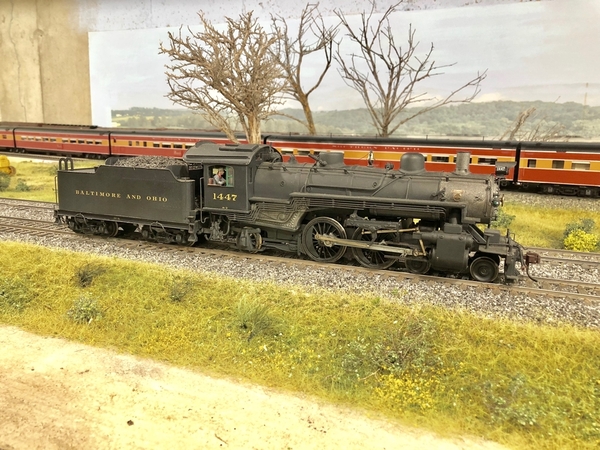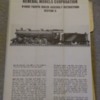So today I tackled a couple of the soldering jobs I had to do. Soldering definitely isn't my strong suit, but it went okay.
First, I soldered together the cab - I needed to solder on the handrails, solder the back of the cab on, and solder the smoke deflector on. It turned out pretty well, here's what it looks like:

I also needed to dismantle the trailing truck and resolder it, as it was assembled very crooked when I got it. My soldering iron couldn't melt all the solder at once, so I took it outside and got it apart with a torch. I took this as an opportunity to clean the trailing truck wheels, as they were a little rusty - most of the rust came off after soaking the wheels in some Simple Green. (I'm not sure why the Simple Green worked that well to get the rust off, but most of it came off after a short soaking. It was just surface rust, though.) I then soldered the trailing truck back together, my first attempt didn't go well - the solder joint broke after cleaning up the solder with a file, I don't think it was deep enough into the joint. Anyway, I soldered it back a second time, this time taking more care to get solder into the joint, and it's holding well now.










































